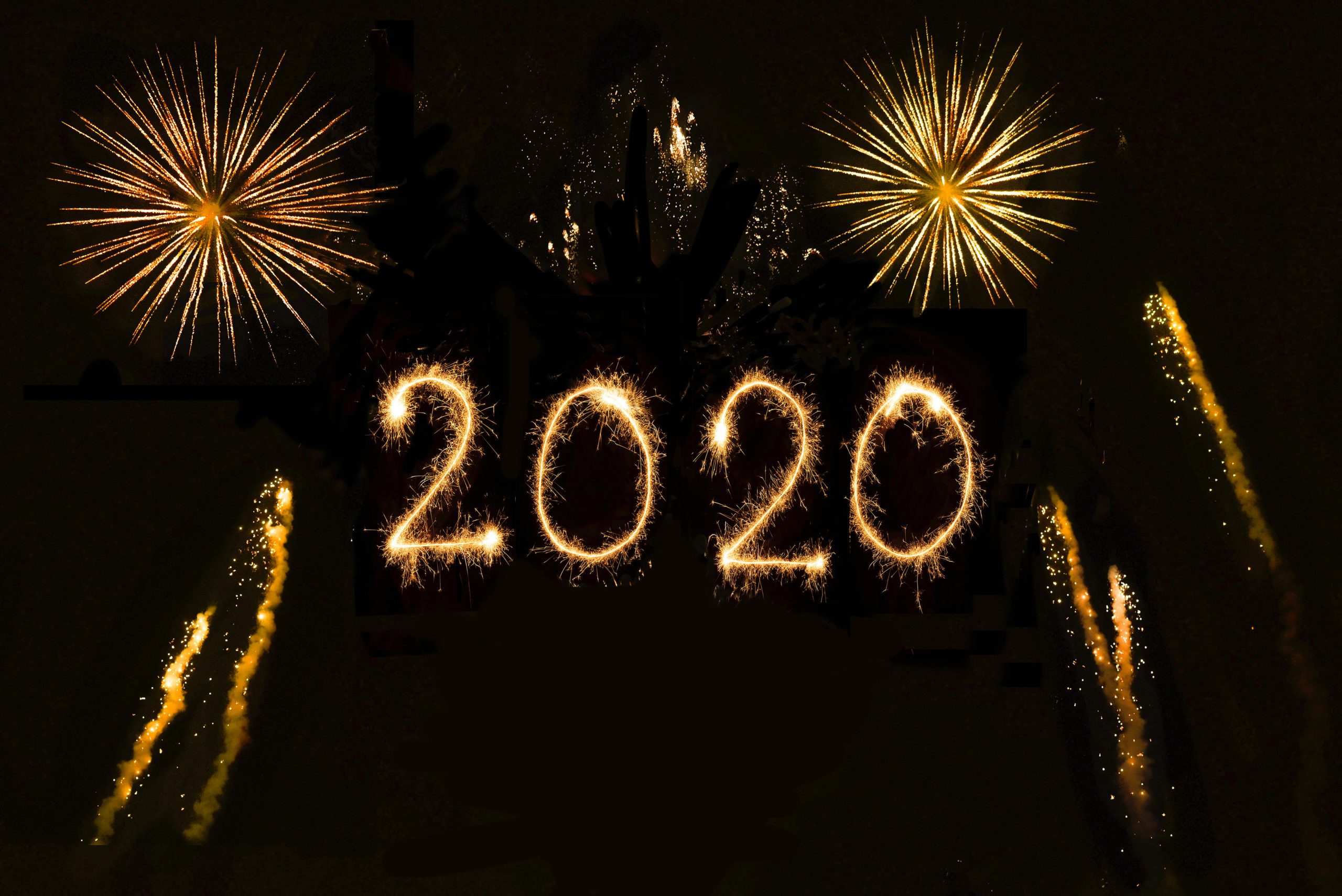Creating Lasting Change: Part Two
4 Ways to Create and Examine Lasting Change, Continued.
Certain types of change cannot be efforted
As New Year’s Day draws closer, I’m sitting down again to consider more aspects of creating personal change. In the post Creating Lasting Change: Part One, I explored how lasting change happens incrementally. It’s also more likely to occur when motivated by authentic desire as opposed to an external agenda.
Part Two looks more closely at the difference between change that relies on effort and the kind that doesn’t . Knowing the difference can spare you from unnecessary shame or disappointment if your goals meet with frustration.
Task-oriented goals are based in a step-by step effort.
Consider the nature of a task-oriented New Year’s goal. These include taking guitar lessons, organizing the garage, or planning a trip to Paris. Achieving this kind of goal depends on completing a series of tasks that lead to a final outcome. Take organizing the garage, for example. You might need to schedule time to do it, purge unwanted items or purchase shelves to store what’s left. I’m not saying it’s necessarily easy. My point is that achieving this kind of goal is a matter of completing steps that can be efforted.
Personal transformation cannot be efforted.
With that in mind, let’s take a look at a New Year’s resolution focused on personal transformation. This might include letting go of a grudge, being less judgmental or loving with an open heart. Contrary to some self-help philosophies, these kinds of changes do not come about from positive thinking, daily affirmations or exerting will power. These may support the change but when it comes to the actual shift, they don’t play an active part. “Emotional, spiritual and physiological processes are not subject to human will.” This powerful statement came from NARM founder Dr. Larry Heller at a symposium in Berkeley, CA I attended this past summer that explored the interplay of psychology and spirituality.
Approaching change from a NARM perspective assumes that these internal states are possible, of course, but they may be inaccessible due to a variety of reasons. These include environmental factors, the biorhythms of our timing, misinformation or a diminished awareness around the issue to begin with. Furthermore, because of the somatic nature of each of the processes Dr. Heller named, efforting is the wrong tool for the job. The part of the brain that’s responsible for rational, controlled action has no direct influence over the part that runs the autonomic functions of the body (including emotional experience). When we consider the variety of complex contributing factors of our inner experience, it makes sense that any simple approach will fall short.


Then why try to make lasting changes?
When you understand the complexity of these contributing factors you can avoid unnecessary self-blame or discouragement that might show up if you’re not able to effort your way into states like forgiveness, joy or compassion. It doesn’t mean it’s pointless to desire them. It means it’s helpful to be clear on what parts of those experiences you have influence on or not. This kind of clarity comes from patience, non-judgment and acknowledging you have the right to change or not (and that this choice matters).
NARM is a powerful clinical model that supports these kinds of complex processes, but this isn’t a plug for NARM. The kind of support that facilitates personal transformation comes from a variety of sources like a trusted spiritual leader, a true friend, communication with the divine or from your own intuition.
When you know the difference between short term, task-oriented goals and the delicate, nuanced path to inner transformation you can approach the new year from a wiser perspective when it comes to personal growth.
Learn MoreCreating Lasting Change: Part One
4 Ways to Create and Examine Lasting Change
Dietary supplements, self-help books promising lasting change, gym memberships, storage containers… the list could go on and on. These products grab for our attention each January and with good reason. If it isn’t the excess of the holidays that creates a momentum toward change, then it’s the turn of the calendar to a new year that prompts you to consider areas of your life that could stand a bit of improvement. I’m not opposed to taking personal inventory, setting goals, or cultivating personal growth. After all, the hallmark of my professional field is change and transformation. However, I do think it’s worth pausing to reflect on the dynamics and motivation for change. Doing so helps you proceed in a more deliberate and therefore satisfying fashion. In making change, here are some thoughts on what to watch for and consider.

Lasting change happens incrementally and often at a subtle level.
One of the critical facets of the NeuroAffective Relational Model (NARM)—the modality I use when working with developmental trauma—is to reflect back to my clients when change is happening. For example, a client may share an exchange with a friend in which they’ve set and held a good boundary. We pause to reflect on how that’s different from a month ago, six months ago, a year ago, etc. We do so to allow the difference to marinate at an emotional, somatic and intellectual level. Why take the time? The reality is that when it comes to our own process, we may be too deep in the forest to see the trees. In other words, we’re not likely to notice subtle shifts when they occur. Add to that the common cultural expectation for instant or dramatic gratification and we’re even less likely to register the difference as change.
Just as we use tools like a scale or a ruler to measure small fluctuations, objective observations from a therapist, friends or family can help us internalize the sense that we’re achieving what it is we say we want.
When a desire for change is genuinely our own, motivation goes up and the likelihood of success improves.
Consider one of the goals you may have for 2020 and then look at what’s driving the desire. The more honest you can be, the better. Is it social trends? Parental expectations? Job demands? If so, the motivation is coming from an external agenda. You’re probably familiar with the somatic characteristics of these kinds of pressures. They may show up as a headache, a weight in the stomach or tightness in the shoulders. If you give them some mindful attention, you may even notice the sensations carry a “rule” you learned growing up. Some examples are “authority knows best”, “trusting your instincts is bad” or “beauty guarantees acceptance.” To make it more complicated, these introjects (ideas and attitudes unconsciously adopted from others) may have been at work for so long, you might simply take them for truth and not see them for what they are—outgrown identifications subject to change.
The bottom line is that outside agendas aren’t well received by our authentic Self and tend to garnish some resistance. On the other hand, if our motivation stems from an inner-sanctioned source—a place within us we know we can trust—then the outlook for lasting change is better.
